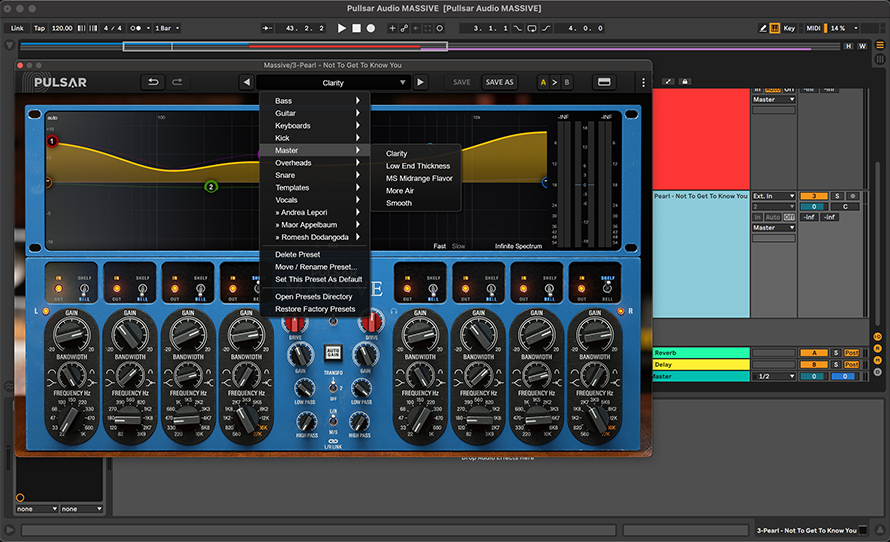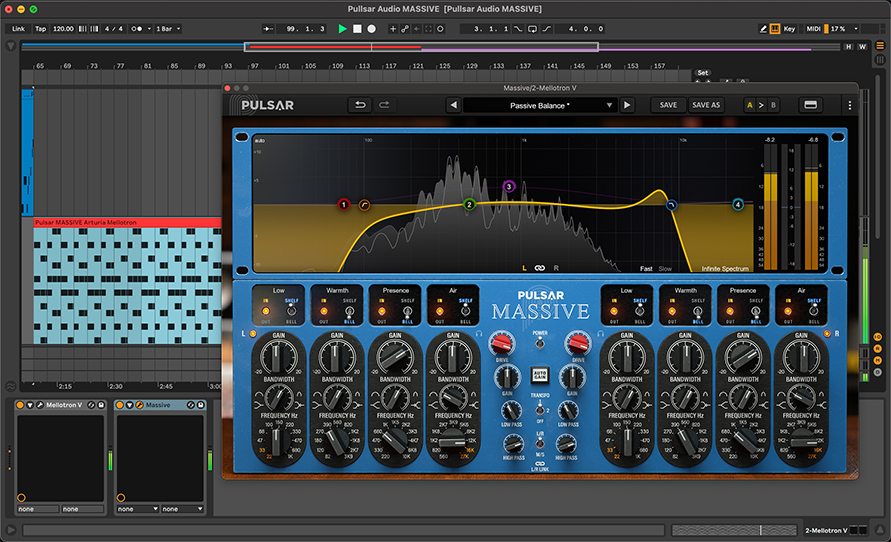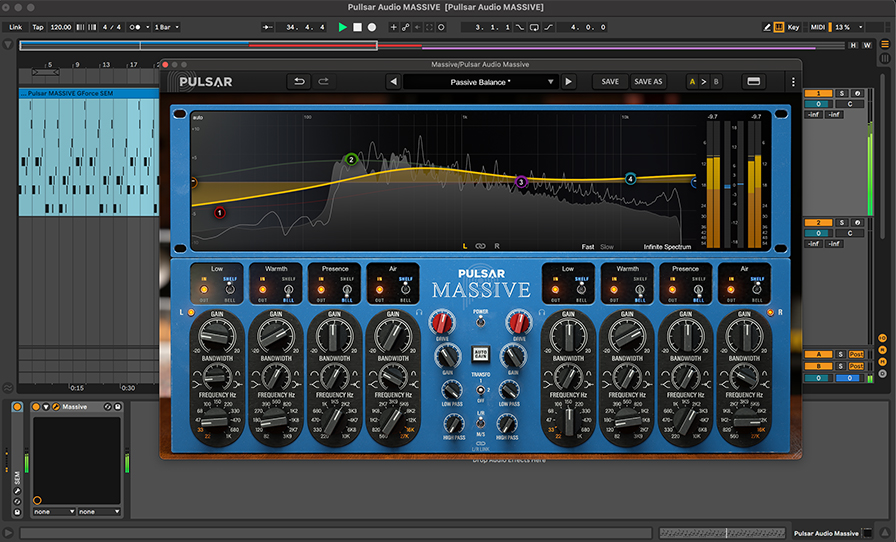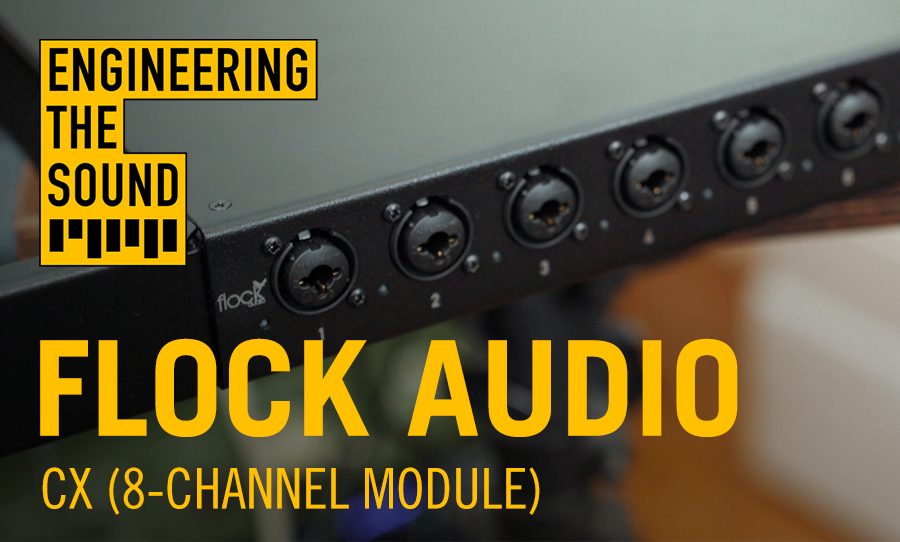French company Pulsar Audio has just dropped MASSIVE. It’s a surprisingly fresh emulation of classic EQ. We had a chance to test it out on some synths and recordings we’d done.
One of the jaw-dropping EQs in the audio world is the Manly Massive Passive. Originally released as hardware, the stereo tube EQ is a beast of a unit at 3RU tall and fetching $7K plus. Enter the digital domain and note that it’s been much inspiration for exact emulations, slight variations and inspired by plugins.
Pulsar Audio dropped their emulation called MASSIVE in June 2022 and it’s a fresh rendition of the classic Manley unit. They’re a French company who are known to emulate the greats, from the Universal Audio 1178 and 1176 Rev A to the Binson Echorec as used A LOT by arguably the world’s most renowned producer, Jack Antonoff.

Installation is quick and easy — although you do need an iLok — and all the versions needed for all DAWs come packaged inside. CPU didn’t seem too bad after loading up 2 soft synths and an audio file with MASSIVE on each track in Ableton, but that is more that using any old EQ.
It’s a beautiful looking plugin commanding your attention, and once you give it a look over you realise there’s a few points of individualism on this emulation that work really well.
To start, the Gain knobs on each of the EQ bands are set in the middle with minus on the left and plus on the right, meaning the usual Cut or Boost switch is gone. This might help your workflow to quicker get around your EQ sculpting. There are the usual In/Out buttons, and Shelf or Bell switches on each of the 4 bands, plus a very faint headphone icon — that allows you to solo and listen to the EQ you are specially EQ’ing.
At the top of the centre section, there’s a big red Drive knob, which adds a nice amount of saturation — all the way up or down by 40dB! This finds itself in a very accessible spot in the middle of the plugin just above the Gain, Low Pass, High Pass and Transformer selection switch 1 or 2.
As well as those there is also an Auto Gain function and L/R (Left/Right) to M/S (Mid/Sides) switch. Worth noting there’s a L.R link button that links controls.
For those that use the modern approach of mixing with your eyes — as well as ears! — will enjoy the very enjoyable spectrum analyser with a view change up the top left, Fast or Slow analysation, and an Infinite Spectrum on/off button.

It’s in this top section that you can click and drag your EQ curves. Once you start doing this you might realise that Pulsar Audio haven’t locked the EQ Frequencies. If you find yourself turning your nose up at this, you might be alone, as joining a great EQ with modern functionality can be a powerful thing.
Using this EQ across a synth bass preset in the GForce Oberheim SEM plugin we could calm the lows and add a little bit of air. Each of the 4 bands are labelled — from low to high — Low, Warmth, Presence and Air. Moving onto a Mellotron emulation from Arturia, we cut out all the unnecessary lows and EQ’d out the highs with the Low Pass knob.
Deciding that was enough sound shaping we decided to try the MASSIVE on a mix, so we chose something we knew well — our recently released Live from Happy of Pearl called Not To Get To Know You.
Starting from a preset this time, we used a preset called Clarity from the Master preset category. There was a lot of big EQ moves in this, but a good start for that ‘smiley’ curve EQ of boosting lows and highs to add excitement.
Overall, this does way more than any other Massive Passive plugin emulation does and the drive knob is a nice touch. You may find yourself using it more than your other emulations, but just keep an eye on that CPU load.
For more on the MASSIVE head over to Pulsar Audio.



